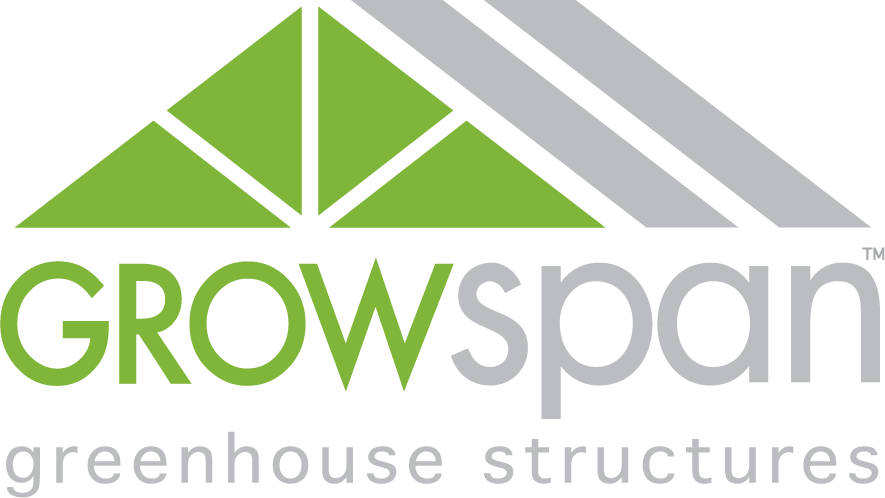FAQ: Hydroponics Systems Pt. II
Last week marked the start of a special Hydroponics Systems FAQ blog series. Part one of the series covered the most commonly asked questions regarding general knowledge of HydroCycle hydroponics systems. This week, the blog will be more in depth, focusing on the most commonly asked questions related to production within a hydroponics system.
Hydroponic Growing
Do these systems require special hydroponics seeds?
No, you are able to source seeds of nearly any type. The only requirement is that the seeds are clean. Naturally, you want the cleanest seeds possible in order to ensure proper germination and growth. Since hydroponics systems enable you to produce crops year-round, we recommend using indeterminate varieties whenever possible. This way the plant will continually produce fruit until it is removed from the system, helping to maximize the crops value. In an outdoor environment, indeterminate crops will produce until killed by frost. Growing in a controlled environment however, enables these varieties to produce for many additional months, giving you a leg up in the market.
Am I safe from outbreaks of bacteria, disease and insects?
No. While you will not experience any traditional soil-borne diseases, there are still disease concerns with hydroponics systems, including Botrytis, Powdery Mildew and more. The best way to reduce this risk of disease is by regularly cleaning your channels. For cleaning purposes, we recommend cleaning the channels using a mild bleach solution after each harvest. Once a crop has reached the end of its lifecycle and has been removed from the channel or Dutch Bucket, clean the vessel thoroughly using the mild bleach solution before transplanting your next crop. To reduce the likelihood of insect damage, identify any possible entry points, including wall fans, louvers, roll-up siding, evaporative coolers, doorways and more. Insect Netting can be added to prevent insects from entering through any of these areas that create large amounts of open space, while sticky cards should be evenly spaced throughout the growing environment to assist with spot control of insect populations.
What is the optimum pH in hydroponics?
Optimum pH varies based on the plant. As a general rule, anywhere from 5.8 and 6.2 is ideal. A pH outside of this range can result in nutrient lockout, where the plants are not receiving the proper amount of nutrients due to either excess quantities or limited availability. Visually monitor your crops and regularly test the pH levels of your system. Look for any signs of plant stress and mineral deficiencies, such as yellowing of leaves, stunted growth, tip burn and so on, as this will indicate that pH levels are incorrect. Some crops may prefer a higher or lower pH than others. If this is the case, consider isolating this crop within its own system. Typically a balance can be found that satisfies all crops within one system, however, if one particular crop is suffering from the shared pH levels, consider moving this crop to its own system in order to produce maximum results.
What can I use to keep my crops standing upright in the system?
There are different solutions for NFT channels and Dutch Buckets. In NFT channels, a single cube of rockwool for crops such as lettuce, kale, or swiss chard is recommended. Fill a sheet of rockwool cubes with seeds and allow the seeds to germinate. Once the seeds have developed a root system, break the cubes into single blocks and insert the block directly into one of the holes on the channels’ lid. This will keep the plant standing upright, while the young root system absorbs the nutrient rich water flowing through the channel.
For microgreens, we recommend a different solution. Line the channels instead with our BioStrateTM Microgreen Grow Roll. Spread the seeds evenly throughout the channel and let the nutrient rich water run through the channel. The BioStrateTM Microgreen Grow Roll prevents the delicate seeds from washing away in the flow of water. This ensures all seeds receive the proper amount of nutrition and that a thick, healthy root mat develops.
In Dutch bucket applications, a rockwool cube inserted into a larger Gro-Block will keep the crops sturdy and secure throughout the plants lifecycle. Fill your Dutch Bucket with a growing medium such as Horticulture Coarse Perlite to keep the Gro-Block sitting high in the Dutch Bucket, allowing for maximum root growth. Place a Gro-Block that has been filled with a single rockwool cube into the Perlite and insert two dripper stakes directly into the Gro-Block. The water will be absorbed by the plants root system by dripping slowly into the Gro-Block and Perlite. In any scenario, the only thing required is something solid to hold the roots so they may grow out into the nutrient solution.
This concludes the topic of hydroponic growing. Check back next week for the conclusion of the Hydroponics FAQ blog where Nutrients and Pollination will be covered.
